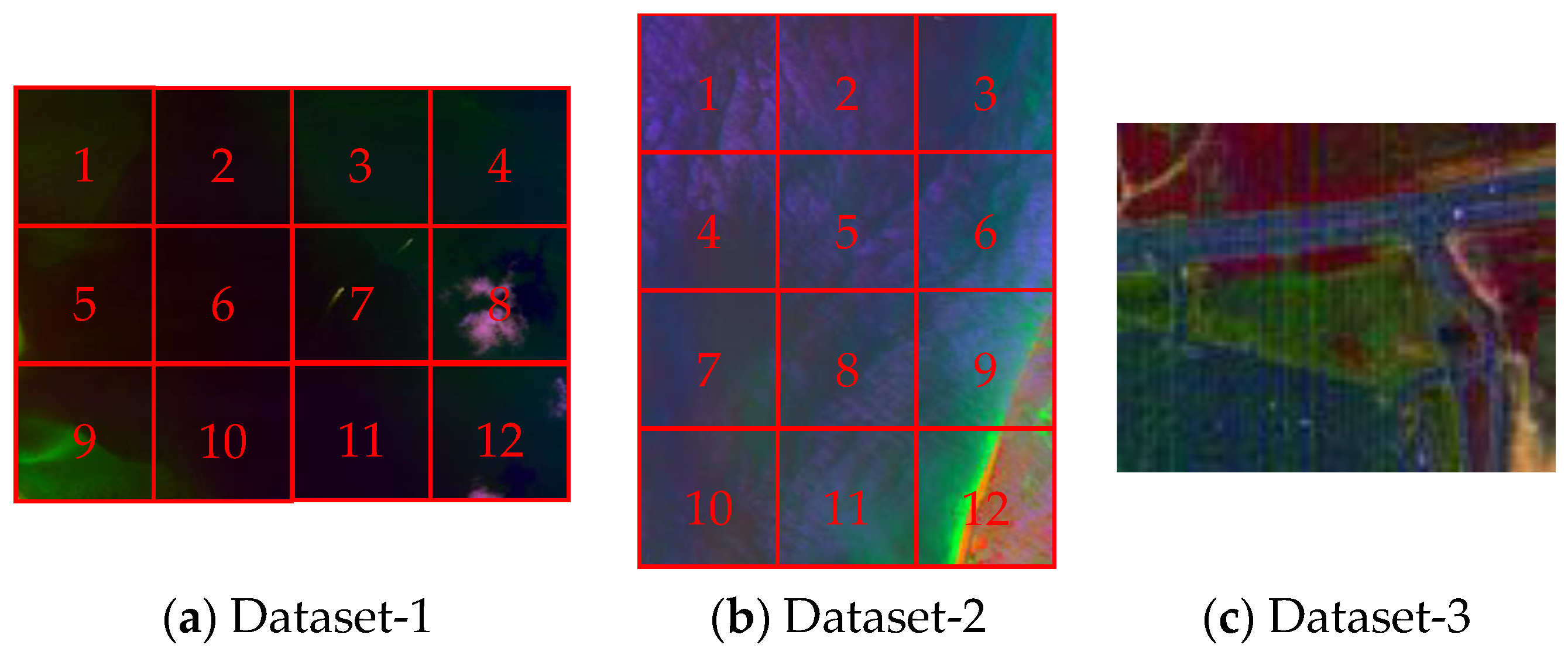
6Department of Global Public Health, Karolinska Institutet, Stockholm, SwedenĪs a crucial technique for identifying irregular samples or outlier patterns, anomaly detection has broad applications in many fields.
#Anomaly 2 benchmark results software
5School of Software Engineering, Shenzhen Institute of Information Technology, Shenzhen, China. 4Power China Zhongnan Engineering Corporation Limited, Changsha, China. 3College of Liberal Arts and Sciences, National University of Defense Technology, Changsha, China. 2College of Economy and Management, Changsha University, Changsha, China. 1College of Systems Engineering, National University of Defense Technology, Changsha, China. also discuss some testable predictions for the lepton-flavor-violating decays of the tau lepton and B mesons for the current and future B -physics experiments, such as LHCb and Belle II.Tong Wang 1 †, Mengsi Cai 1,2 †, Xiao Ouyang 3, Ziqiang Cao 4, Tie Cai 5, Xu Tan 5* and Xin Lu 1,6* The third-generation superpartners needed in this theoretical construction are all in the 1–10 TeV range, accessible at the LHC and/or next-generation hadron colliders. find it remarkable that such overlap regions exist, given the plethora of precision low-energy and high-energy experimental constraints on the minimal model parameter space. Based on symmetry arguments, we consider three different benchmark points for the relevant RPV3 couplings and carve out the regions of parameter space where all (or some) of these anomalies can be simultaneously explained. Interestingly, this scenario may also be able to accommodate two other seemingly disparate anomalies, namely, the longstanding discrepancy in the muon ( g - 2 ), as well as the recent anomalous upgoing ultrahigh-energy Antarctic Impulsive Transient Antenna events. Here we show that both R D ( * ) and R K ( * ) flavor anomalies can be addressed in this RPV3 framework. Motivated by simplicity and minimality, we had earlier postulated the third-generation superpartners to be the lightest (calling the scenario “RPV3”) and explicitly showed that it preserves gauge coupling unification and of course has the usual attribute of naturally addressing the Higgs radiative stability. We more » analyze the recent hints of lepton flavor universality violation in both charged-current and neutral-current rare decays of B mesons in an R -parity-violating supersymmetric scenario. Our result shows that horizonless microstate geometries can have the same thermal decay as black holes without the associated information loss. In position space, this translates into a sharp exponential black-hole-like decay for times shorter than N_1 N_5 N 1 N 5, followed by the emergence of evenly spaced “echoes from the cap,” with period \sim N_1 N_5 ∼ N 1 N 5. We show that the response function of a scalar probe, in momentum space, is essentially given by the pole structure of the highly-redshifted global-AdS _3 3 modulated by the BTZ response function. 
At large and intermediate distances, these geometries very closely approximate the extremal-BTZ \,\times\, × S ^3 3 geometry of the black hole, but instead of having an event horizon, these geometries have a smooth highly-redshifted global-AdS _3\,\times\, 3 × S ^3 3 cap in the IR. We define and describe a large benchmark dataset, consisting of >1 billion simulated LHC events corresponding to 10\, fb^ 1 8 -BPS asymptotically AdS _3\,\times\, 3 × S ^3 3 horizonless geometries that have the same charges and angular momenta as a D1-D5-P black hole with a large horizon area. First, we propose how an anomaly score could be implemented to define model-independent signal regions in LHC searches.

The challenged aims to detect signals of new physics at the Large Hadron Collider (LHC) using unsupervised machine learning algorithms. We describe the outcome of a data challenge conducted as part of the Dark Machines () initiative and the Les Houches 2019 workshop on Physics at TeV colliders.






 0 kommentar(er)
0 kommentar(er)
